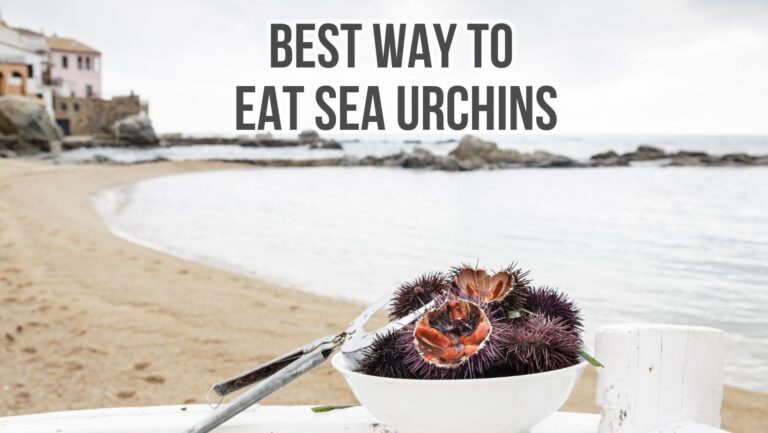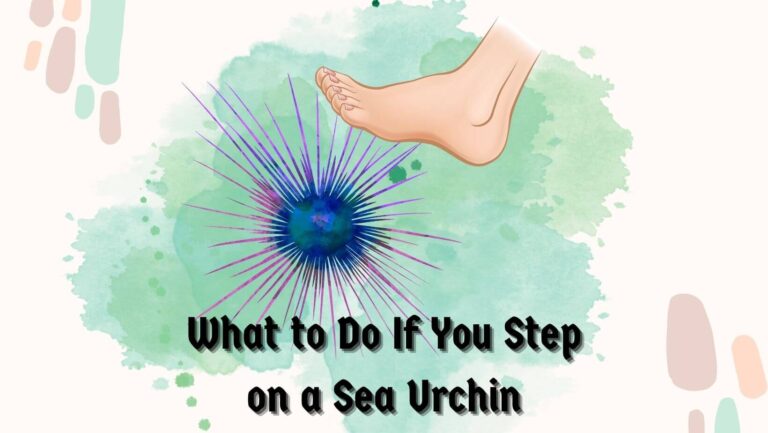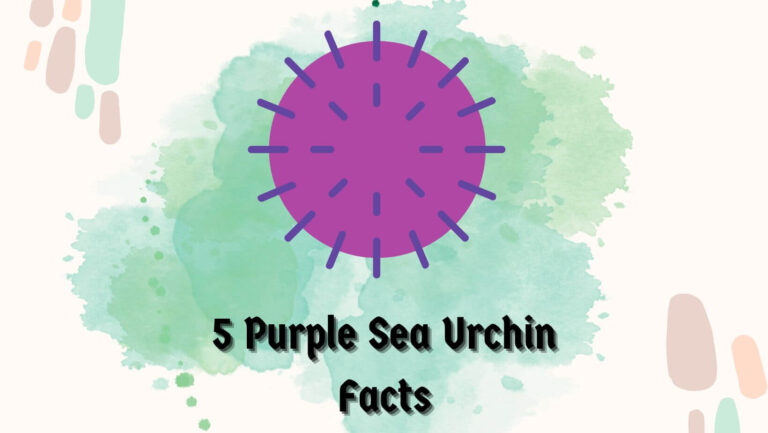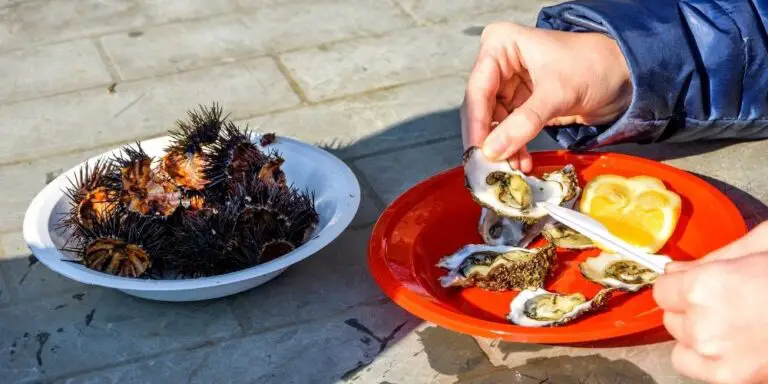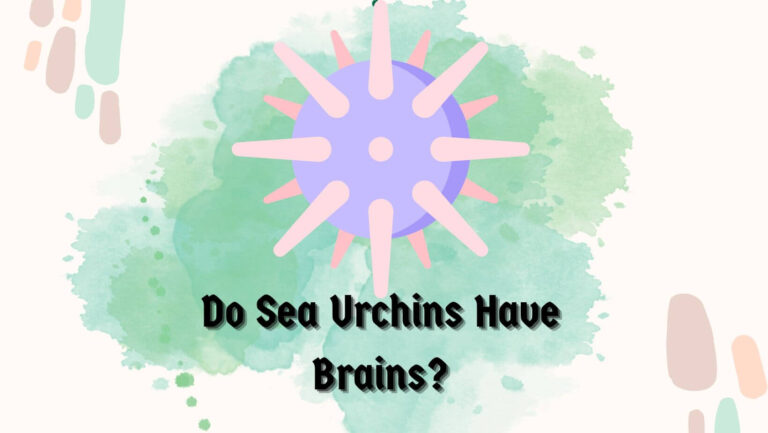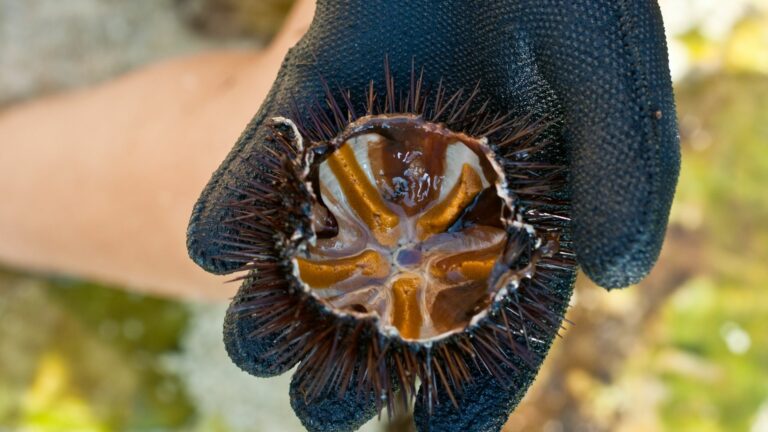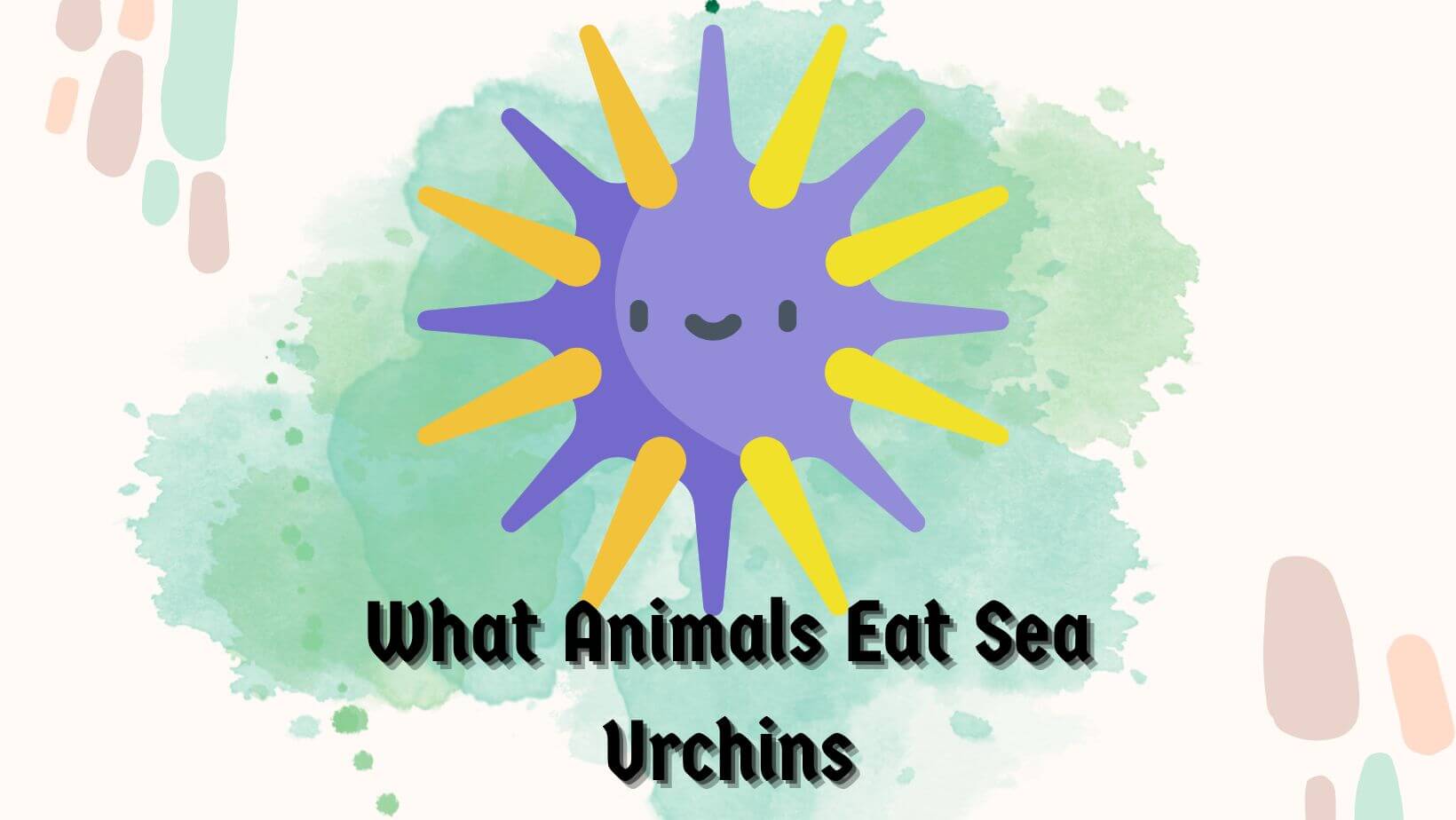
You’re mistaken if you think that sea urchins are abundant and there is no Predator to keep their population in check. If you’re wondering ‘what animals eat sea urchins,’ you’re in the right place.
In this article, I will discuss a few primary predators of sea urchins and their important ecological role in their various Marine ecosystems. Yes, each of the predators mentioned in this article not only helps keep the sea urchin population in check but also plays a crucial role in that respective ecosystem which we will discuss.
Therefore, without wasting time, let’s look at the fascinating world of sea urchins’ Predators and see how they keep these prickly creatures in check.
Table of Contents
What Animals Eat Sea Urchins? 3 Primary Ones

Sea urchins may seem well-protected with their sharp spines but they are not invincible. Several animals have adapted to feast on these echinoderms, and we’ll dive into some notable ones.
Sea Otters: Guardians of the Kelp Forests
Do you know sea otters have been observed to substantially impact sea urchin populations in the Aleutian Islands of Alaska? Thus, it makes them one of the most well-known predators of sea urchins.
Even though these marine mammals look adorable, they’re, in fact, highly skilled hunters who have been frequently seen playing a crucial role in controlling sea urchin populations, particularly in kelp forest ecosystems.
As per my research, I learned that Sea otters tend to prefer sea urchins as part of their diet strongly. No doubt, these foraging habits of sea otters can significantly impact the abundance of sea urchins in their habitats.
This became a problem where sea otters are invasive. Did you know about Researchers at the University of California, Santa Cruz, who conducted an intriguing study on the relationship between sea otters and sea urchin populations along the California coast?
When I looked at their study, I learned that areas with higher sea otter densities had lower sea urchin densities, which clearly indicates the otters’ important role in regulating sea urchin populations.
If there are no sea otters in a particular region, sea urchin populations may explode, further leading to the overgrazing of kelp forests. If any beach or sea suffers from this kind of issue, consider introducing sea otters, known to consume large numbers of sea urchins.
Lobsters: Masters of the Underwater Hunt
Another predator that is known for relishing sea urchins is the lobster. With such strong pincers, these crustaceans can handle their spiky prey. In addition, they tend to have an array of sensory appendages, which helps detect and consume prey.
You should know that crustaceans like lobsters are skilled hunters who seek out and consume sea urchins. At the University of Maine, researchers also tried researching the feeding behavior of lobster toward sea urchins to gather more valuable insights.
The result showed some amazing facts like lobsters actively hunting and capturing sea urchins, which decreased their abundance within their preferred habitat. Not only does lobster help influence the sea urchin populations, but it also helps contribute to the overall health of marine ecosystems. They are known to control sea urchin numbers to promote the growth of other essential species, especially in the kelp forest, coral reef, and Rocky surface.
Triggerfish: Guardians of the Coral Reefs
Another prominent predator of sea urchins that has gained the same degree of life spotlight as Sea otters and lobsters are considered to be triggerfish. Triggerfish are fascinating creatures known for their unique feeding strategies, which also contribute towards keeping the sea urchin population in check, especially in the coral reef ecosystem.
Many species of triggerfishes pose specialized dentition to help them crush and consume sea urchins. One such species known to crush and consume sea urchins is the Titan triggerfish, which has strong jaws capable of breaking through the spine and the shell of sea urchins. Since sea urchins love and inhabit coral reefs, triggerfish help keeps their population in check by feeding on them.
A researcher at the Australian Institute of Marine Science also did a study on triggerfish feeding behavior at the great barrier reef. They consistently found that triggerfish, including the Titan triggerfish, targeted sea urchins as a part of their diet since they were easily accessible. Also, they play a significant role in maintaining their population and the health of coral reefs in check.
Other Intriguing Topics To Discover
Other Predators and Their Role
Well, sea otters, lobsters, and trigger fish-like creatures are known to be the primary predators of sea urchins, but it doesn’t mean that they are the only ones. There are other fascinating creatures as well that play a role in controlling sea urchins’ population. Sometimes, they hurt the sea urchins, balancing the Marine ecosystem.
Pufferfish
Pufferfish are not only famous for their unique defense mechanism as well as their endearing charge but also for their appearance and diet, which includes sea urchins. This peculiar fish has also been known to eat sea urchins in the Marine ecosystem.
They can consume sea urchins’ spines and all with the help of their specialized beak-like mouth structure. People frequently have noticed species like white spotted puffer fish (Arothron hispidus) feeding on sea urchins, which are common in the Indo-Pacific region.
Research conducted by Marine biologists at the University of Tokyo revealed that white-spotted pufferfish prefer consuming sea urchins regularly as a part of their primary diet which exerts predation pressure on the sea urchin population for that particular reason.
You should also know that puffer fish are known for their unique defense mechanism, which helps them deter potential predators and plays a crucial role in their ability to consume spiky sea urchins. With the help of puffing up, puffer fish can widen their mouth, accommodating the spines while efficiently devouring sea urchins.
Sunflower Stars
The sunflower sea star or the sunflower star, which are large vibrant echinoderm, has also exhibited some interesting feeding behaviors towards sea urchins in the Marine ecosystem. They have been noticed feeding on sea urchins with the help of their numerous arms.
You should note that these stars are considered voracious predators capable of consuming sea urchins whole as well. In a study conducted by a Marine biologist at the University of Oregon found that sunflower stars also actively hunt and consume sea urchins where their population needs some control.
No doubt, sea urchins’ population density will also be significantly lower if sunflower stars are abundant in a particular area. You should know there is a huge relationship between sunflower stars and kelp forest health.
Since sea urchins are known for excessive grazing within the kelp forest ecosystem, species like sunflower stars help maintain the balance of the ecosystem and sea urchin population. This, in turn, allows the kelp forest to thrive while providing shelter and food for various marine species.
Seabirds
If you are a beachgoer like me, you might have noticed sea birds known for their graceful flights and coastal nesting habits. However, you can’t exclude these fierce creatures when you think of sea urchin Predator.
Some species of sea birds have been frequently and actively eating sea urchins or include them as a part of their regular diet, which contributes to the overall regulation of the sea urchin population, particularly in intertidal zones.
Many species, like Western Gull (Larus occidentalis) and the Black-legged Kittiwake (Rissa tridactyla), have been documented to consume sea urchins in their foraging activities. You should know that these sea birds not only help to exert predation pressure on the sea urchin population but also help maintain a proper balance of the intertidal ecosystem.
The influence of the sea bird has been seen to extend beyond their direct impact on sea urchin density. For example, their nesting habits, often done in colonies, contribute to overall nutrient cycling in coastal areas providing fertilization and enhancing overall ecosystem productivity.
Since now you know that sea birds also contribute to the delicate balance and health of the coastal ecosystem, we should work towards the ethical implications & conservation of this species.
Conclusion
I have given my best to give you a quick inside of the best underwater Predators of sea urchins. A few primary natural predators, like sea otters, lobsters, sea birds, etc., are important to help maintain their population in check and prevent overgrazing.
You should know that lobsters, triggerfish, seabirds, and puffer fish are just a few examples of active predators that have been noticed involving sea urchin consumption. You should know that each species not only helps contribute to maintaining the sea urchin population of these interactions and practices effective Marine conservation.
Ongoing Research and conservation efforts should always be aimed at protecting these kinds of species and the delicate ecosystems they inhabit to ensure the continued existence of sea urchins and the diverse marine life that depends on them.
Therefore, if you spot a sea otter floating next time on its back or enjoy mouth-washing lobster dishes, remember that these animals are adorable or delicious and play a vital role in keeping our underwater ecosystem in harmony.
I have given my best to give you all the information about what animals eat sea urchins. If you find this article helpful, then consider sharing it. Your share will help many people learn about the potential predators that are actively hunting sea urchins and helping keep their population density in check. I hope you find this article helpful, and if yes, check our other article as well. See you in the next post, till then, take care and goodbye.

